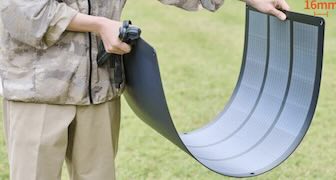Jul 03 (Nikkei) - Nearly 35% of acute care beds in Japanese hospitals have failed to serve their intended purpose, a serious misallocation of human and financial resources, according to a study by Nikkei and the Japan Center for Economic Research.
Acute care refers to the services given to badly injured or severely ill patients; it forms the core of Japan's medical network, with about 60% of all beds available, excluding beds meant for patients with an infectious disease or in need of psychiatric care.
Acute care costs are much higher than those for other services because of the number of medical staff required. In some cases, basic hospitalization for urgent care costs 1.7 times more than that for convalescent, or recovery, care.
Hospitals have a strong financial incentive to have acute care units. Once these units meet certain staffing and other conditions, it is relatively easy to maintain their status. For hospitals, allocating more beds to urgent care makes financial sense, one observer said.
Yet as Japan's population ages, demand for recovery and other non-acute care is growing, and converting some beds meant for the badly injured has become unavoidable. ...continue reading















